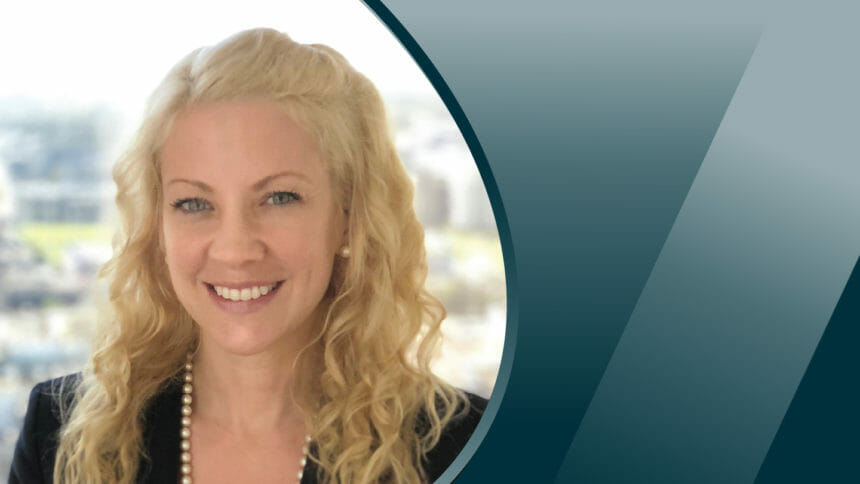
One of the most important aspects of a nurse’s job is to advocate for the safety and well-being of patients.
This is especially true when it comes to caring for senior patients. As older adults, they are at a higher risk for accidents and injuries in healthcare settings.
Furthermore, they’re more likely to be unable or unlikely to advocate for themselves.
Because nurses are the eyes, ears and heartbeat of every healthcare organization, their voices impact change in all aspects of patient care. This is why it’s so crucial for them to speak up when they observe unsafe conditions. It is also vital that nurses insist on organizational accountability for senior patient safety.
Here are a few ways that nurses can advocate for the safety of their senior patients:
Perform regular safety huddles
A recent study showed that when four nursing units in an acute-care facility adopted regular safety huddles – short, multidisciplinary briefings – there was a significant reduction in falls, from 12.4 to just five falls per week. The study also showed improvements in 23 out of 27 parameters of the organization’s culture survey.
Safety huddles have been shown to support effective communication at key points in the care of individuals, enhance a sense of accountability and empowerment of staff, and increase the sense of community across different departments and units.
Utilize rounding tools
On average, a nursing home with 100 residents reports about 100 to 200 falls annually, and many of these are a direct result of environmental hazards, such as equipment in the hallways, insufficient lighting in living areas or wet floors.
Environment of care rounds can help reduce safety incidents like falls by allowing care teams to better understand the conditions of the environment where patients are receiving care.
Modernized rounding tools equipped with features like automated checklists can further support nurses by ensuring organizations are adhering to a standard for processes and procedures, such as hand hygiene. They can also help care teams proactively identify and address potential safety threats like infection control outbreaks and pressure ulcers and take action to prevent harm.
Report near-miss events and share observations around unsafe conditions
Near-miss events (or good catches) represent predictable interactions and provide opportunities for learning and prevention. Research shows that these types of events are underreported up to 100 times more frequently than serious safety events.
The great value of reporting near-misses and minor incidents is that it provides organizations with a fuller picture of what corrective actions can be taken to prevent similar events from happening in the future. Therefore, it’s imperative that we shift organizational cultures to destigmatize reporting.
In this regard, nurses can advocate for their senior patients’ safety by reporting near- misses and unsafe conditions and insisting that their organizations adopt a policy or program for using near-miss data to identify hazards and take action before harm occurs.
Enlist patient and family involvement
It’s when we choose to access the extraordinary opportunity to give patients and their families voices – when we speak up, learn, and organizations adjust practices intentionally and incrementally – that we make strides toward better care and safer patients.
That is why nurses in long-term care facilities should approach every patient interaction with the intention of understanding the patient’s concerns, experiences and opinions.
Utilize the Communications and Optimal Resolution (CANDOR) method. CANDOR requires that organizations provide immediate emotional first aid to patients, families and caregivers; that ongoing communication is maintained; and that just and timely resolution is ensured.
Nurses should also emphasize patient involvement as a means to improve the safety culture in the organization and to close the loop between patient safety and patient experience.
Insist on leadership’s involvement in safety programs and prevention
Receiving broad staff input is one of the most valuable tools available to healthcare organizations, so leaders must prioritize fostering an environment in which healthcare workers feel heard, supported, and valued. Leaders must use the nurse’s voice to guide decisions that affect patient safety and to encourage incident reporting and the sharing of observations as a tool for learning and prevention.
Therefore, nurses should insist that their organization create a safe space for sharing observations and reporting errors and concerns.
The frontiers of medicine are staffed by nurses who dare to care for others, who willingly acknowledge the actions, processes, environmental issues and other circumstances that threaten patient safety, and who have the courage to share their observations and discoveries to reduce the silence that surrounds safety work in our healthcare systems.
It is from and within people’s stories that innovation and transformation occur. Do not be afraid to speak up and share your observations, knowledge and experience. It might just save a life.
Heidi Raines is the Forbes Books author of Shared Voices: A Framework for Patient and Employee Safety in Healthcare. She also is the founder and CEO of Performance Health Partners, a software company providing patient safety, employee health and quality improvement solutions to healthcare organizations. In addition, Raines is the Board President of the American College of Healthcare Executives’ Women Healthcare Executive Network and holds Preceptor Faculty positions at Tulane University’s Master of Health Administration (MHA) and University of New Orleans’s Bachelor of Healthcare Administration program.
The opinions expressed in McKnight’s Long-Term Care News guest submissions are the author’s and are not necessarily those of McKnight’s Long-Term Care News or its editors.





